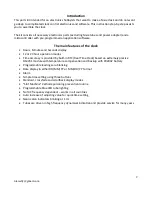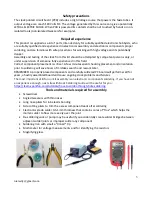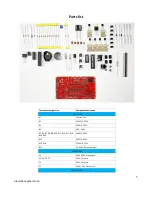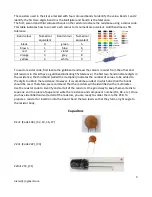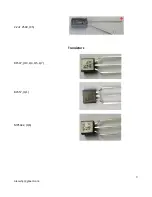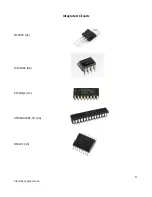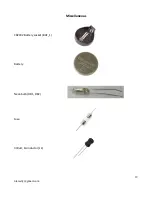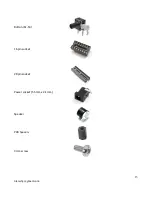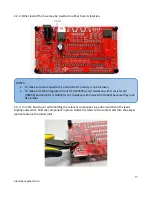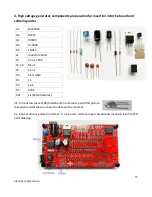
3
nixiediy@gmail.com
Safety precautions
The clock printed circuit board (PCB) includes a High Voltage source that powers the Nixie tubes. It
output voltage can reach 180 Volts DC. The voltage generated by this source can give a potentially
LETHAL ELECTRIC SHOCK. When PCB is powered its contacts shall be not touched by hands or non-
isolated tools (non-isolated tweezers for example).
Required experience
This product is supplied as a kit of parts, intended only for suitably qualified electronic hobbyists, who
are suitably qualified and experienced in electronics assembly and electronics components proper
soldering, and are familiar with safe procedures for working with high voltage and its potentially
danger.
Assembly and testing of the clock from this kit should be attempted by competent persons only, or
under supervision of someone fully experienced in this field.
Correct component placement is critical. A few minutes spent checking placement and orientation
prior to soldering will save hours of mistakes search and rework later.
REMEMBER: A properly placed components and carefully soldered PC board will perform well for
years, a hastily assembled board will cause ongoing clock problems and failures.
The most important skill for our kit assembly is an electronic components soldering. If you have not
an experience enough, next site with Basic Soldering Guide will be useful for you:
https://learn.sparkfun.com/tutorials/how-to-solder-through-hole-soldering
Tools and materials required for assembly
Screwdriver
Angled tweezers with thin noses
Long nose pliers for tube leads bonding
Side cutting pliers to trim the excess component leads after soldering
Electronics grade solder 0.5-1mm thickness that contains cores of "flux" which helps the
molten solder to flow more easily over the joint
De-soldering wick or pump may be useful if you accidentally create solder bridges between
adjacent solder joints or improper solder any component
Soldering iron with small a “tinned”
tip
Multi-meter for voltage measurements and for identifying the resistors
Magnifying glass.


